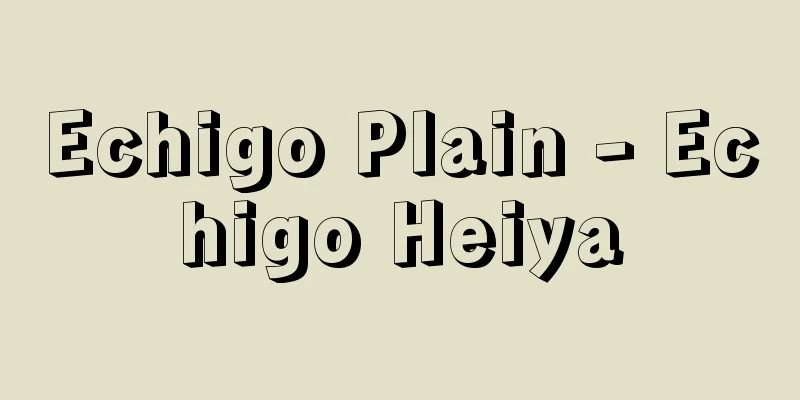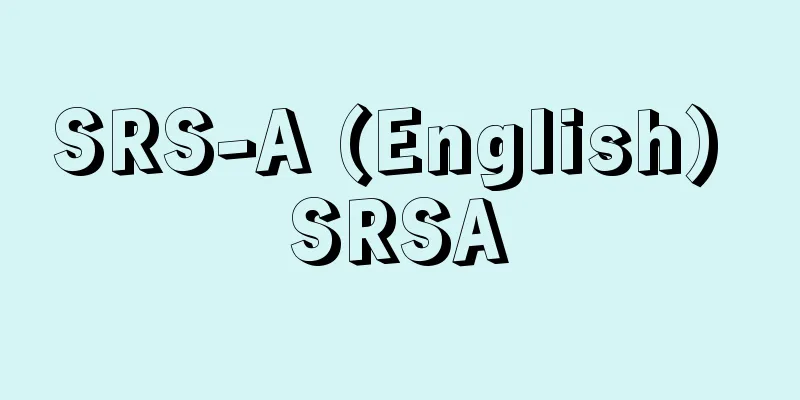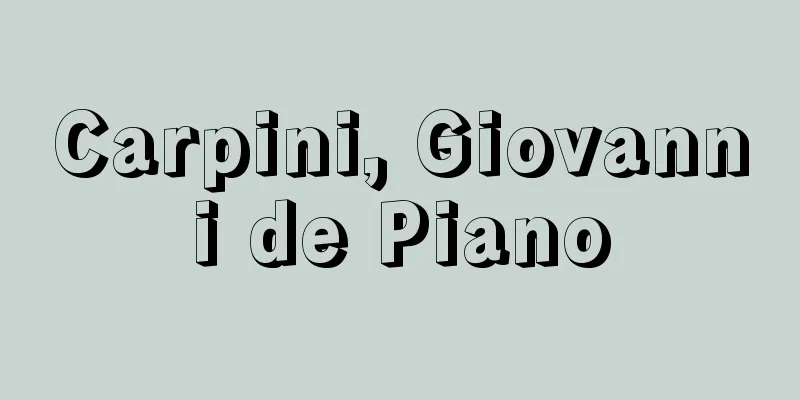Nagasaki School

|
A general term for the various schools of painting that emerged in Nagasaki during the Edo period. Nagasaki was the only open port during the isolationist period, and so new styles unknown to the public were brought to the city from China and the Netherlands, giving rise to various new schools of painting. Although the general term for these schools is the Nagasaki School, there is no unified view of the style or any similarity in style. Furthermore, even if new styles from overseas were first brought ashore in Nagasaki, it was mostly in central art circles such as Kyoto and Edo that noteworthy new schools emerged that used these styles as nourishment. However, it is difficult to ignore the role that the various Nagasaki schools listed below played in conveying new styles brought from overseas to the central area. (1) The Obaku school of painting was a school of realistic portrait painting introduced by the Chinese Obaku monks who came to Japan and was inherited by the Kita Genki school. The paintings that Chinese Obaku monks did as a hobby also influenced Japanese Nanga. (2) The Northern School of painting was founded by the Obaku monk Itsunen who came to Japan and inherited by Watanabe Shuseki and Kawamura Jakushi. (3) A school of realistic flower and bird painting introduced by Shen Nanpin who came to Japan in 1731 (Kyoho 16) and spread nationwide by his disciples Kuma Yuhi and others. (4) The Southern School of literati painting, which studied from skilled painters among the Qing dynasty who came to Nagasaki mainly on business. (5) A Western-style painting school that learned from Western paintings that came from the Netherlands. However, Nagasaki Western-style painters such as Isohachi Wakasugi, Jogen Araki, and Keiga Kawahara produced some excellent copies of foreign paintings, but they lagged behind Edo in developing Japanese themes using Western painting techniques. (6) In addition to the above, there are Nagasaki woodblock prints depicting foreign ships, Westerners, and Chinese people. [Fujio Naruse] [References] |Source: Shogakukan Encyclopedia Nipponica About Encyclopedia Nipponica Information | Legend |
|
江戸時代に長崎で生まれた諸画派の総称。長崎は鎖国体制下の唯一の開港地であったから、絵画の方面でも、中国やオランダからそれまで未知の新様式がもたらされ、新興の諸流派も生まれた。それらの総称を長崎派というが、そこに統一的な主張や作風上の近似性があるわけではない。また、海外からの新様式が、たとえ最初に長崎に陸揚げされたとしても、それを養分として注目すべき新興画派が輩出したのは、多く京都や江戸のような中央の画壇においてであった。しかし、以下にあげるような長崎の諸流派が、海外からもたらされた新様式を中央に伝える役割を果たしたことは無視しがたい。 (1)黄檗(おうばく)画派は中国の渡来黄檗僧によって伝えられ、喜多元規(きたげんき)一派に受け継がれた写実的な肖像画派である。また、中国人黄檗僧の余技としての絵は、日本の南画に影響した。(2)渡来黄檗僧逸然(いつねん)を祖とし、渡辺秀石(しゅうせき)や河村若芝(じゃくし)に継承された北宗(ほくしゅう)画派。(3)1731年(享保16)来朝の沈南蘋(しんなんぴん)が伝え、その弟子の熊斐(ゆうひ)らによって全国的に広がった写実的な花鳥画派。(4)おもに商用で長崎に来航した清(しん)人のうち、画をよくする者に学んだ南宗(なんしゅう)文人画派。(5)オランダから渡来した西洋画に学んだ洋風画派。しかし、若杉五十八(いそはち)、荒木如元(じょげん)、川原慶賀(けいが)らの長崎の洋風画は、渡来画の模写作品には秀作を残しても、西洋画法による日本的題材の開拓では江戸に後れをとった。(6)以上のほか、外国船、西洋人、中国人などに取材した長崎版画などがある。 [成瀬不二雄] [参照項目] |出典 小学館 日本大百科全書(ニッポニカ)日本大百科全書(ニッポニカ)について 情報 | 凡例 |
<<: Nagasaki Nose - Nagasakibana
Recommend
Humbert - Aimee Humbert
Year of death: 1900.9.19 (1900.9.19) Born: June 12...
Storch, A.
...What he introduced to psychopathology were the...
Island Arc - Touko
An archipelago that forms an archipelago like a bo...
Nue (Nue) - Nue
(1) Dialect of the Brown Thrush. Also called Nui, ...
Asymptotic formula - recurrence formula
For a function f ( x ) defined in domain D and a b...
Komatsuna (Komatsuna) - Komatsuna (English spelling) Brassica campestris var. komatsuna
An annual or biennial herb of the Brassicaceae fam...
Prison gate - Gokumon
It is also called "Kyoshu" or "Kyo-...
Kardelj, E.
...A country that existed in the western Balkan P...
Anemone vitifolia (English spelling)
…[Michio Tamura]. … *Some of the terminology that...
Tamayo - Gyokudai
〘 noun 〙 The fee for entertaining a prostitute or ...
Secret Doctrine - Hijiboumon
This is one of the most representative heresies i...
Pseudocilia - Pseudocilia
…The cells are spherical, 5 to 10 μm in diameter,...
Most-favoured-nation treatment
In commercial treaties and agreements, this means...
Auxō (English spelling) Auxo
…In the singular, it is called Hōra, and is the o...
Pilotis (English: pilotis, French)
Originally a French word meaning a pile supportin...









